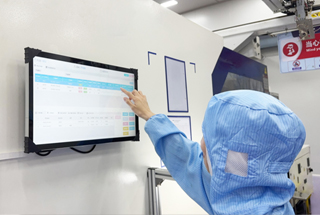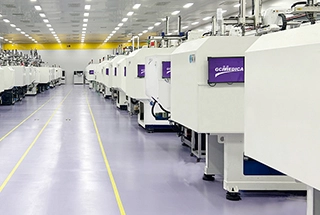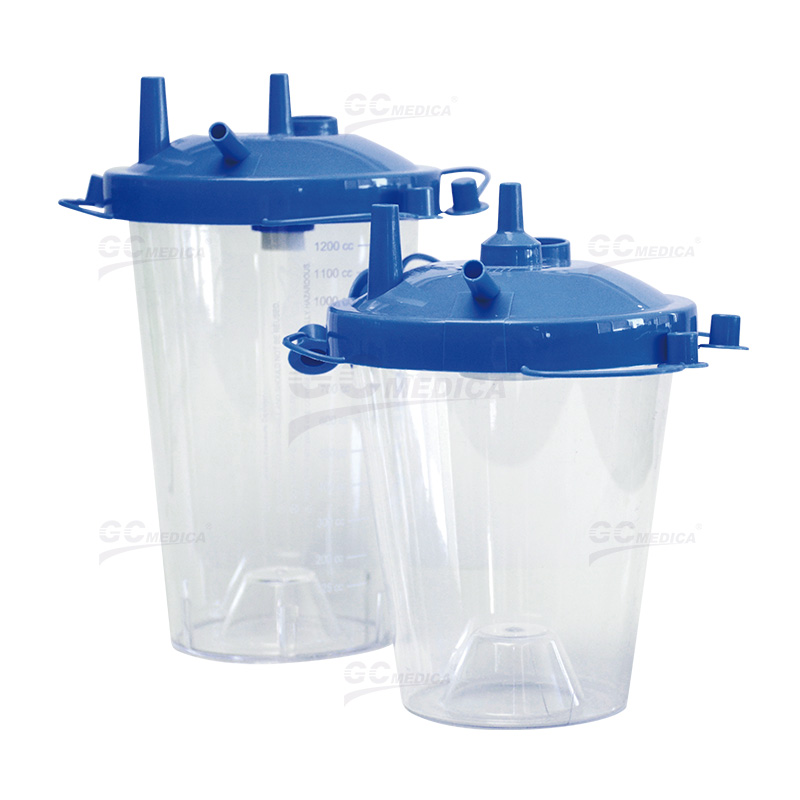Suction canisters are integral components in medical environments, serving as reservoirs for fluids and secretions extracted during various procedures. Selecting the appropriate type of suction canister is crucial for effective fluid management, infection control, and ensuring patient safety. This article delves into the different types of suction canisters and their respective clinical applications.
| Single Use Soft Liner | |
| Outer Canister | |
| Rigid Canister | |
| Rigid Canister with Filter Kit |
1. Disposable Suction Canisters
Disposable suction canisters are designed for single-use applications, typically constructed from plastic materials. They are available in various sizes to accommodate different procedural requirements.
Clinical Applications:
Operating Rooms: Utilized during surgeries to collect blood and other bodily fluids.
Emergency Departments: Employed during trauma care for rapid fluid evacuation.
Patient Rooms: Used for routine suctioning needs, such as clearing respiratory secretions.
Considerations:
Infection Control: Single-use design minimizes the risk of cross-contamination.
Waste Management: Proper disposal is essential to manage medical waste effectively.
2. Reusable Suction Canisters
Reusable suction canisters are made from durable materials like polycarbonate or glass, allowing for sterilization and multiple uses. They often feature measurement scales for accurate fluid volume assessment.
Clinical Applications:
Intensive Care Units (ICUs): Suitable for patients requiring continuous suctioning over extended periods.
Surgical Suites: Used in procedures where large volumes of fluids are anticipated.
Considerations:
Sterilization Protocols: Strict adherence to cleaning and sterilization procedures is necessary to prevent infections.
Cost Efficiency: While the initial investment is higher, long-term use can be more economical compared to disposable options.
3. Specialty Suction Canisters
Specialty suction canisters are tailored for specific medical procedures and may include features like hydrophobic filters or designs suited for high-flow applications.
Clinical Applications:
Liposuction Procedures: Canisters designed to handle high volumes of fatty tissue and fluids.
Bronchoscopy Suites: Utilized during airway examinations to manage secretions effectively.
Considerations:
Procedure-Specific Design: Ensures optimal performance for particular medical interventions.
Compatibility: Must be compatible with existing suction equipment and accessories.
Conclusion
Understanding the various types of suction canisters and their clinical applications is essential for healthcare providers to ensure effective fluid management and uphold patient safety standards. By selecting the appropriate canister type—be it disposable, reusable, or specialty—medical professionals can enhance procedural efficiency and maintain stringent infection control practices.


 Français
Français Español
Español Products
Products

 About Us
About Us















